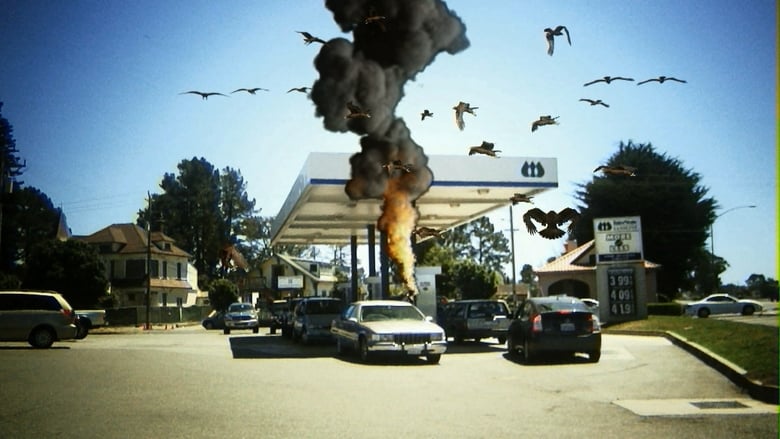Movies with really bad CGI: A hilarious journey into digital disasters
If you're in the mood for a cinematic experience that's less about visual splendor and more about unintentional comedy, then you've come to the right place. We're diving deep into the world of films where the special effects are so spectacularly bad, they become the main attraction. Prepare for a journey through the annals of movie history, where digital disasters reign supreme and practical effects might have been a better idea.
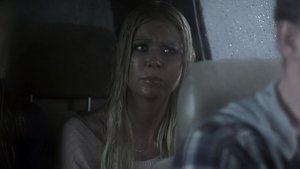


There's a certain charm to movies with truly terrible CGI. It's not just about the visual gaffes; it's about the ambition that often far outstrips the execution, leading to unforgettable, often hilarious, results. Think about the infamous flying birds in "Birdemic: Shock and Terror," which look more like animated clip art than menacing creatures, or the rubbery sharks in "Sharknado" that defy all laws of physics and believability. These aren't just bad effects; they are a testament to filmmaking on a shoestring budget, or perhaps, a complete misunderstanding of how special effects work.
While some films like "Plan 9 from Outer Space" predate the era of digital effects, earning their spot through equally charmingly awful practical effects and continuity errors, the modern era of bad CGI often stems from rushing productions or simply not having the resources to match the grand visions of their creators. The 2000s, in particular, were a wild west for CGI, with many studios embracing the new technology without fully mastering it, leading to some truly jarring visuals. Remember the infamous "Cats" movie and its unsettling digital fur technology? Or even earlier, the often-criticized visual effects in "The Mummy Returns" that featured a noticeably unpolished Scorpion King?
It's a niche, to be sure, but one that offers endless entertainment. These films become cult classics not despite their flaws, but because of them. They invite viewers to marvel at the audacity of their creators and revel in the glorious train wreck that unfolds on screen. So, grab some popcorn, suspend your disbelief, and prepare to witness some of the most hilariously misguided visual effects ever put to film. You might just find your new favorite guilty pleasure.
12. Fantastic Four (2015)
The 2015 Fantastic Four reboot is a film where the visual effects often feel incomplete or rushed, contributing to its overall critical reception. While the powers of the Fantastic Four are inherently reliant on CGI, the execution frequently falls short. The Thing's rock-like skin often looks like a poorly rendered texture, lacking the tactile feel one would expect. Human Torch's flames sometimes appear artificial, and Invisible Woman's force fields can seem like basic digital overlays. The film reportedly underwent significant reshoots and changes, and this often manifests in a disjointed visual style where the effects don't always seamlessly integrate with the live-action elements. It's a film that aimed for a gritty, realistic tone but was hampered by visual effects that struggled to meet that ambition.

11. Dragonball Evolution (2009)
Dragonball Evolution is a live-action adaptation that faced immense scrutiny, and its CGI was a significant point of contention for fans and critics alike. The film attempts to bring the iconic energy blasts, flying sequences, and transformations from the beloved anime to life, but the results are often underwhelming. The visual effects for the Kamehameha wave, Goku's signature attack, look flimsy and lack the power seen in the source material. The creature designs and fight choreography, heavily reliant on CGI, often appear stiff and unconvincing, failing to capture the dynamic energy of Dragon Ball. It's a film that struggled to translate its animated origins into a compelling live-action experience, with its visual effects being a prime example of that disconnect.
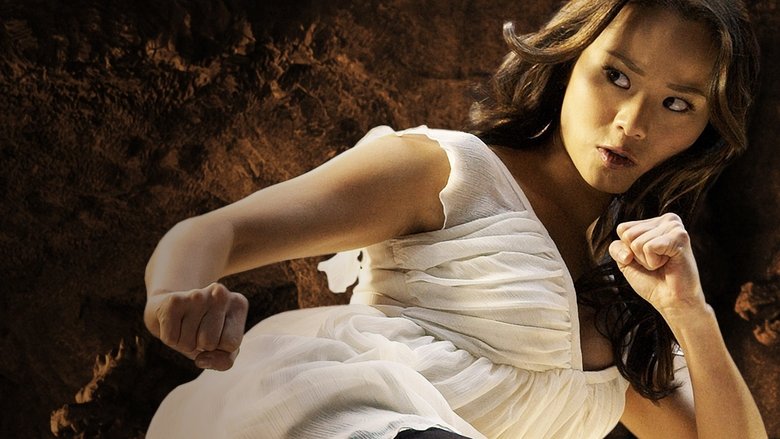
10. Batman & Robin (1997)
Batman & Robin is a prime example of late-90s blockbuster filmmaking where enthusiasm for CGI often outpaced the technology's capability. The film is a riot of bright colors, campy dialogue, and visual effects that, while ambitious, often look cartoonish and unrefined. From Mr. Freeze's ice-themed gadgets to Poison Ivy's plant creations, many of the effects have a plasticine quality. The bat-vehicles, while creatively designed, often move with a stiffness that betrays their digital origins. This film leans heavily into its comic book roots, and the CGI contributes to its larger-than-life, almost theatrical aesthetic. While widely criticized upon release, its over-the-top nature and distinctive visual style have given it a certain nostalgic charm for some viewers today.

9. Catwoman (2004)
Catwoman is a superhero film that struggled significantly with its visual identity, and its CGI is frequently cited as a major weak point. Halle Berry's transformation into Catwoman involves visual effects that often look rubbery and unconvincing, especially during her acrobatic sequences. The CGI cats, which play a surprisingly prominent role, appear artificial and lack realistic movement, undermining any intended sense of feline grace or power. The overall aesthetic of the film feels dated, and the visual effects fail to create a cohesive or believable world for the character. It's a film where the ambition of the concept wasn't matched by the execution of its digital artistry, leading to some truly awkward on-screen moments.
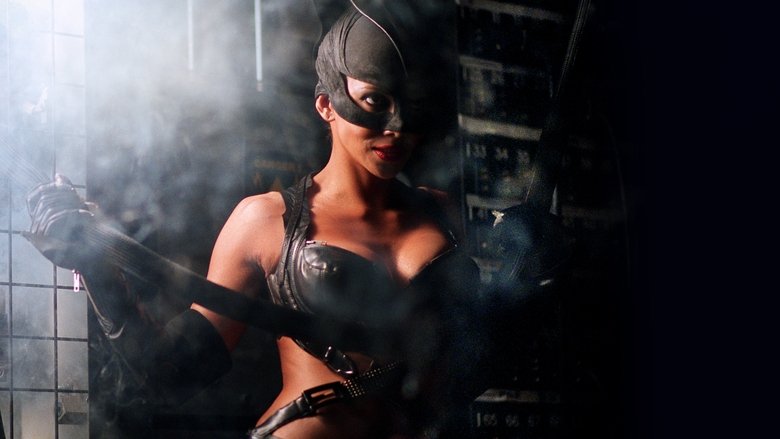
8. The Wicker Man (2006)
The 2006 remake of The Wicker Man is infamous for many reasons, and its visual effects, or lack thereof, contribute to its unintentional comedy. While not a CGI-heavy film, the few moments that rely on it stand out for their awkwardness. The most notable example involves a CGI bee, which looks incredibly fake and detached from the scene, failing to convey any sense of threat. Nicolas Cage's increasingly unhinged performance is the true spectacle here, often overshadowing any technical shortcomings. The film's overall production design and atmosphere are generally solid, making the few instances of poor CGI even more jarring and noticeable. It's a film that has gained cult status precisely because of its bewildering choices, both in performance and occasional visual execution.

7. Mega Shark vs. Giant Octopus (2009)
Mega Shark vs. Giant Octopus is a prime example of Asylum Films' brand of direct-to-video monster mayhem, and its CGI is exactly what you'd expect: gloriously terrible. The titular creatures are rendered with effects that often look like they belong in a video game cutscene from the PlayStation 2 era. The scale often feels inconsistent, and the movements of the mega shark and giant octopus are stiff and unnatural as they clash in various improbable scenarios. There's a particular scene where the shark leaps out of the water to take down a plane that has become a staple of 'bad CGI' compilations. Despite, or perhaps because of, its low-rent visual effects, the film delivers on its promise of ridiculous creature combat, making it a fun watch for those who appreciate cinematic cheese.
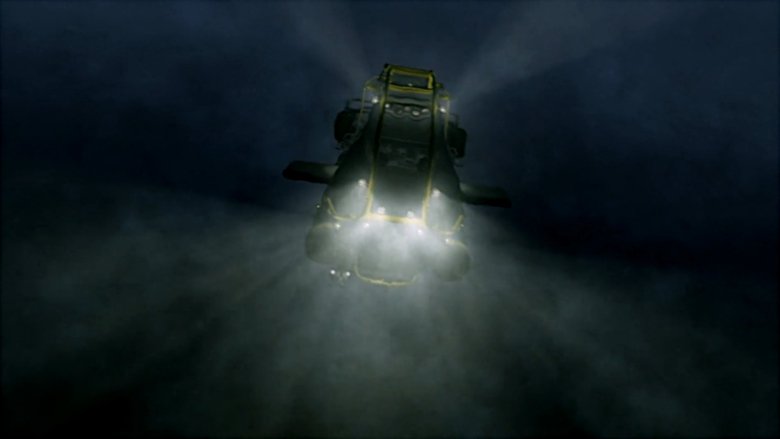
6. Battlefield Earth (2000)
Battlefield Earth is a notorious entry in the realm of films with questionable visual effects, despite its substantial budget. Released in 2000, the CGI for the Psychlos, their ships, and the ravaged Earth often looks clunky and outdated, even for its time. The green screen effects are particularly noticeable, creating a disconnect between the actors and their supposed environment. John Travolta's performance as Terl, a towering alien, involves prosthetics and forced perspective, but the overall visual composition often feels off. The film's bizarre camera angles and overuse of dutch tilts further distract from any attempt at immersion. It's a fascinating case study in how a large budget doesn't guarantee quality, especially when it comes to visual effects that simply don't hold up.

5. Troll 2 (1990)
Troll 2 holds a special place in the hearts of bad movie aficionados, largely due to its bewildering plot and utterly bizarre creature effects. While not strictly CGI, the 'goblins' (despite the title, there are no trolls) are actors in rubber masks that look like they were pulled from a discount Halloween store. Their movements are stiff, their expressions unchanging, and their overall appearance is more comical than terrifying. The film's infamous 'Nilbog' scene, where a character screams about vegetarian goblins, is a testament to its unique brand of nonsensical horror. Directed by Claudio Fragasso, who reportedly didn't speak English, the film's disjointed dialogue and amateurish performances combine with its laughably bad practical effects to create a truly unforgettable viewing experience. It's a cult classic that proves bad can be brilliant.

4. Plan 9 from Outer Space (1959)
Ed Wood's Plan 9 from Outer Space is often cited as the 'worst film ever made,' and its special effects certainly contribute to that legendary status. While CGI as we know it didn't exist in 1959, the film's visual trickery is delightfully primitive. Flying saucers are clearly hubcaps on strings, casting visible shadows and wobbling unconvincingly across the screen. The 'graveyard' scenes feature tombstones that easily fall over, revealing their flimsy construction. There's a particular charm in seeing these earnest attempts at sci-fi spectacle with such limited resources. The film's chaotic plot, bizarre dialogue, and the posthumous appearance of Bela Lugosi (via old footage) only add to its unique, endearing, and utterly incompetent allure. It's a fascinating look at a bygone era of filmmaking where ingenuity often trumped quality.

3. Sharknado (2013)
Get ready for a whirlwind of absurdity with Sharknado! This film embraces its B-movie roots with open arms, and its CGI is a key part of its charm. The titular sharknados are exactly what they sound like: tornadoes filled with sharks, and the visual effects make no effort to hide their low-budget origins. Sharks appear out of nowhere, often with stiff, unnatural movements, and the physics of their flight defy all logic and gravity. Houses are ripped apart with effects that look straight out of a video game from the early 2000s. What makes Sharknado so entertaining is its complete lack of self-seriousness; it knows exactly what it is and leans into the ridiculousness. It became a cultural phenomenon due to its outrageous premise and delightfully shoddy execution, proving that sometimes, bad CGI can be a major selling point!

2. The Room (2003)
The Room is a phenomenon, a singular vision of cinematic ineptitude that transcends traditional criticism. While it's not primarily known for its CGI (because there's barely any!), the few instances where visual effects attempt to appear are truly baffling. Think of the infamous rooftop scene, where the San Francisco skyline is clearly a green screen composite that looks like a cheap postcard. Or the painting in Johnny's apartment, which is a stock photo of a spoon, adding to the surreal, disjointed aesthetic. Tommy Wiseau, the film's writer, director, producer, and star, poured his own money into this project, reportedly millions, and the result is a baffling, endlessly quotable, and utterly captivating mess. It's a film that demands to be seen with an audience, where its unintentional humor and bizarre choices can be fully appreciated. The Room isn't just a movie; it's an experience.
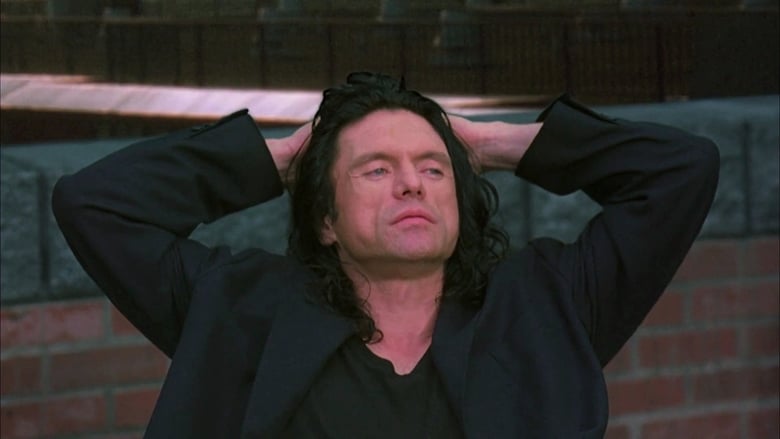
1. Birdemic: Shock and Terror (2010)
Oh, Birdemic: Shock and Terror! This film isn't just bad CGI; it's a masterclass in how not to do CGI, making it an absolute must-see for anyone seeking cinematic schadenfreude. The 'birds' are flat, two-dimensional cutouts that look like they were animated in Microsoft Paint and then haphazardly pasted onto the screen. They don't even flap their wings realistically! Adding to the hilarity, the sound design features generic squawks that are clearly looped, often out of sync with the on-screen action. Director James Nguyen reportedly self-financed this masterpiece for a mere $10,000, and every single cent of that budget seems to have gone towards... well, certainly not good special effects. It's a film that redefines 'so bad it's good,' and its charmingly inept approach to visual effects makes it a legendary entry in the 'bad movie' hall of fame. You simply have to witness it to believe it!
